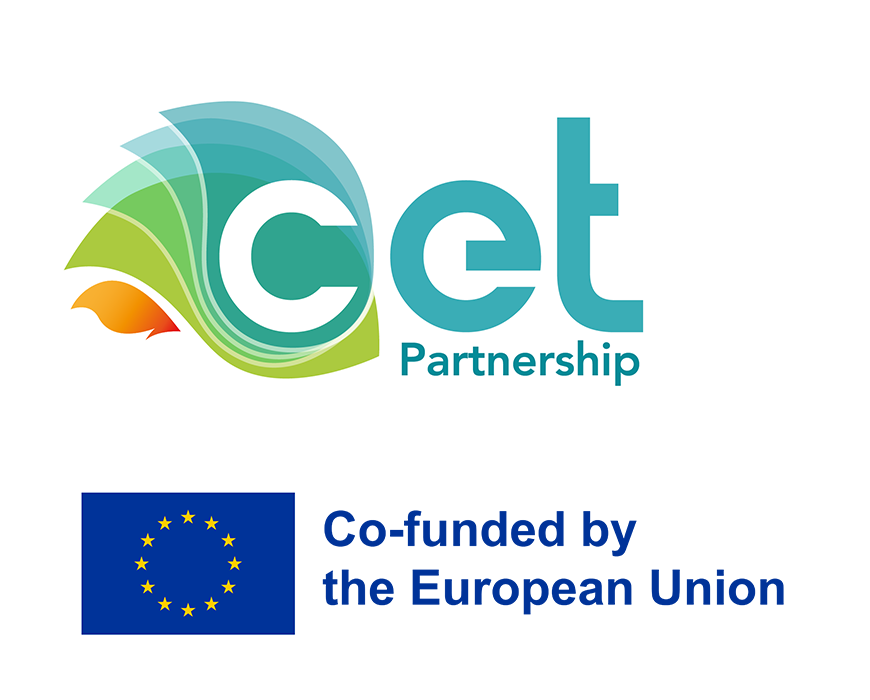At a glance
- Wind turbines with direct-drive rotors are reaching their growth limits, as the size and weight of the generator are increasing faster than the turbine output.
- In the NextGen project, the scientists are developing a 10 MW generator based on highly efficient PTF technology, which enables 2.5 % higher efficiency while requiring 90 % less material.
- In the project, Fraunhofer IWES is responsible among other things for testing the prototype and validating the tests.
The challenge
The offshore wind energy sector is dominated by wind turbines with direct-drive, permanent-magnet generators, which are more efficient and reliable compared with their gear-driven counterparts. However, the technology is reaching its limits: the size and weight of the generator are increasing faster than the turbine output. The increase in nacelle mass and tower height is thus becoming a limiting factor, particularly where floating offshore wind turbines are concerned. At the same time, the material requirements on rare-earth elements and copper, which are components of the permanent magnets, are increasing significantly.
The solution
This is where the NextGen project comes into play: the focus is on an innovative generator concept which, thanks to its novel electromagnetic topology (PTF topology), enables a significantly increased torque density and lower losses compared with technologies employed to date. The aim of the NextGen project is to design a 10 MW PTF generator concept, and to test and validate a prototype in the MW power range in order to comprehend and demonstrate the potential impact of this generator concept on the wind turbine. In addition, procedures for the validation and testing of direct-drive generators in general and PTF generators in particular will also be developed.
Among other things, Fraunhofer IWES is leading the work packages in the project for validating the technology and testing a multi-MW prototype in a relevant environment.
The added value
The NextGen project aims to design and construct an innovative type of generator which requires 90 % less material and is 2-5 % more efficient than existing direct-drive models. These tremendous material savings and the increased efficiency open up the possibility of developing more powerful systems and thus achieving climate targets with significantly lower environmental impact. In addition, the weight reduction significantly reduces the need for logistics expansions for the installation of large wind turbines in the offshore and floating sectors.
